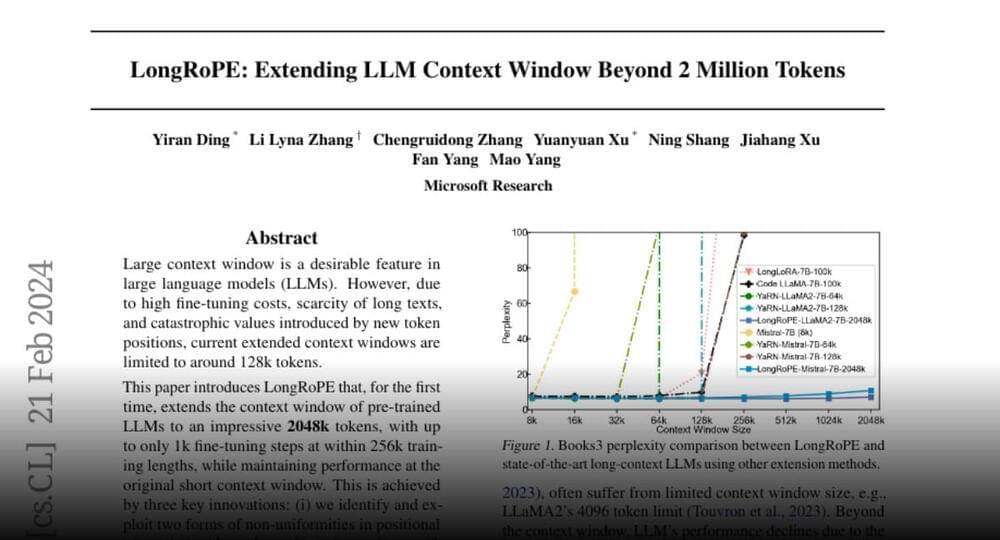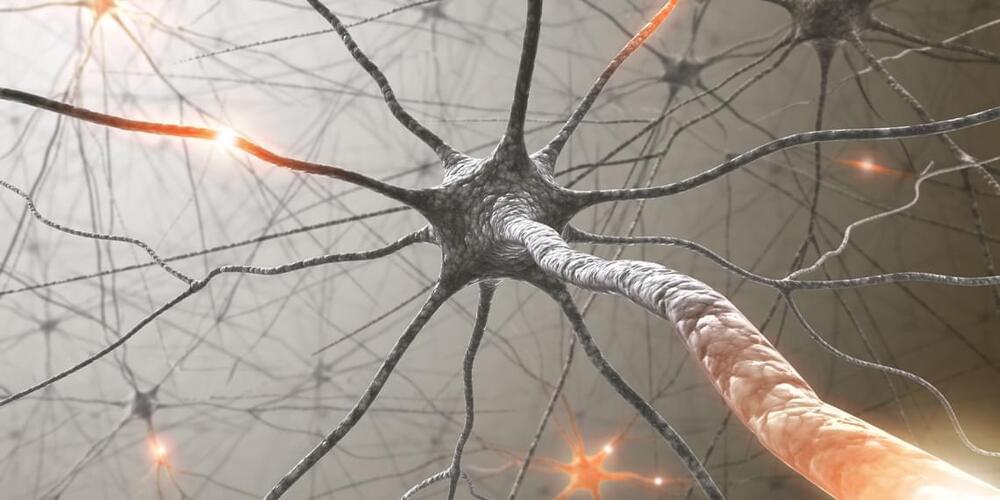#facts #uniquefacts #science #experiment
Get the latest international news and world events from around the world.


ADHD linked to evolutionary success in ancient humans
While current diagnostic definitions of attention-deficit hyperactivity disorder (ADHD) are relatively new, the general condition has been identified by clinicians under a variety of names for centuries. Recent genetic studies have revealed the condition to be highly heritable, meaning the majority of those with the condition have genetically inherited it from their parents.
Depending on diagnostic criteria, anywhere from two to 16% of children can be classified as having ADHD. In fact, increasing rates of diagnosis over recent years have led to some clinicians arguing the condition is overdiagnosed.
What is relatively clear, however, is that the behavioural characteristics that underpin ADHD have been genetically present in human populations for potentially quite a long time. And that has led some researchers to wonder what the condition’s evolutionary benefits could be.




Tracking the Trajectory of Late Blight Disease: A Text Mining Study from 1840s to Modern Times
Dr. Jean Ristaino: “We searched those descriptions by keywords, and by doing that we were able to recreate the original outbreak maps using location coordinates mentioned in the documents. We were also trying to learn what people were thinking about the disease at the time and where it came from.”
Can plant diseases be tracked through analyzing past reports? This is what a recent study published in Scientific Reports hopes to address as a team of researchers at North Carolina State University (NCSU) attempted to ascertain the causes behind blight disease on plants, known as Phytophthora infestans, that resulted in the Irish potato famine during the 1840s. This study holds the potential to help scientists and farmers not only better understand the causes of blight disease in plants, but also how they might be able to predict them in the future.
Image of a blight lesion on a potato leaf. (Credit: Jean Ristaino, NC State University)
For the study, the researchers analyzed United States farm reports from 1,843 to 1,845 by searching for keywords, including “evil”, “murrain”, “rot”, “black spots”, and “decay”, just to name a few, within the scanned documents using the computer programming language, Python. In the end, the researchers discovered a notable increase in the usage of the keywords, “disease”, “blight”, and “rot” within the reports between 1,843 and 1,845, with the researchers noting the usage of these keywords began occurring in 1,844, indicating the disease began in 1843.

AI Determines Sex of Person From Brain Scans
Summary: Researchers developed an artificial intelligence model that accurately determines the sex of individuals based on brain scans, with over 90% success. This breakthrough supports the theory that significant sex differences in brain organization exist, challenging long-standing controversies.
The AI model focused on dynamic MRI scans, identifying specific brain networks—such as the default mode, striatum, and limbic networks—as critical in distinguishing male from female brains.
This research not only deepens our understanding of brain development and aging but also opens new avenues for addressing sex-specific vulnerabilities in psychiatric and neurological disorders.

Watch: Scientists create fascinating “brain movies” using neuroimaging data
Have you ever imagined listening to the brain’s activity as it unfolds in real-time? Researchers from Columbia University have pioneered a technique that transforms complex neuroimaging data into a captivating audiovisual experience, akin to watching a movie with a musical soundtrack. This novel approach allows scientists to ‘see’ and ‘hear’ the brain’s intricate workings, offering fresh insights into its behavior during various tasks.
The details of their work have been published in the journal PLOS One.
The motivation behind this study stems from a growing challenge in neuroscience: the vast amount of data generated by advanced brain imaging techniques. Technologies like functional magnetic resonance imaging (fMRI) and wide-field optical mapping (WFOM) capture the dynamic, multi-dimensional activities of the brain, revealing patterns of neurons firing and blood flow changes.
